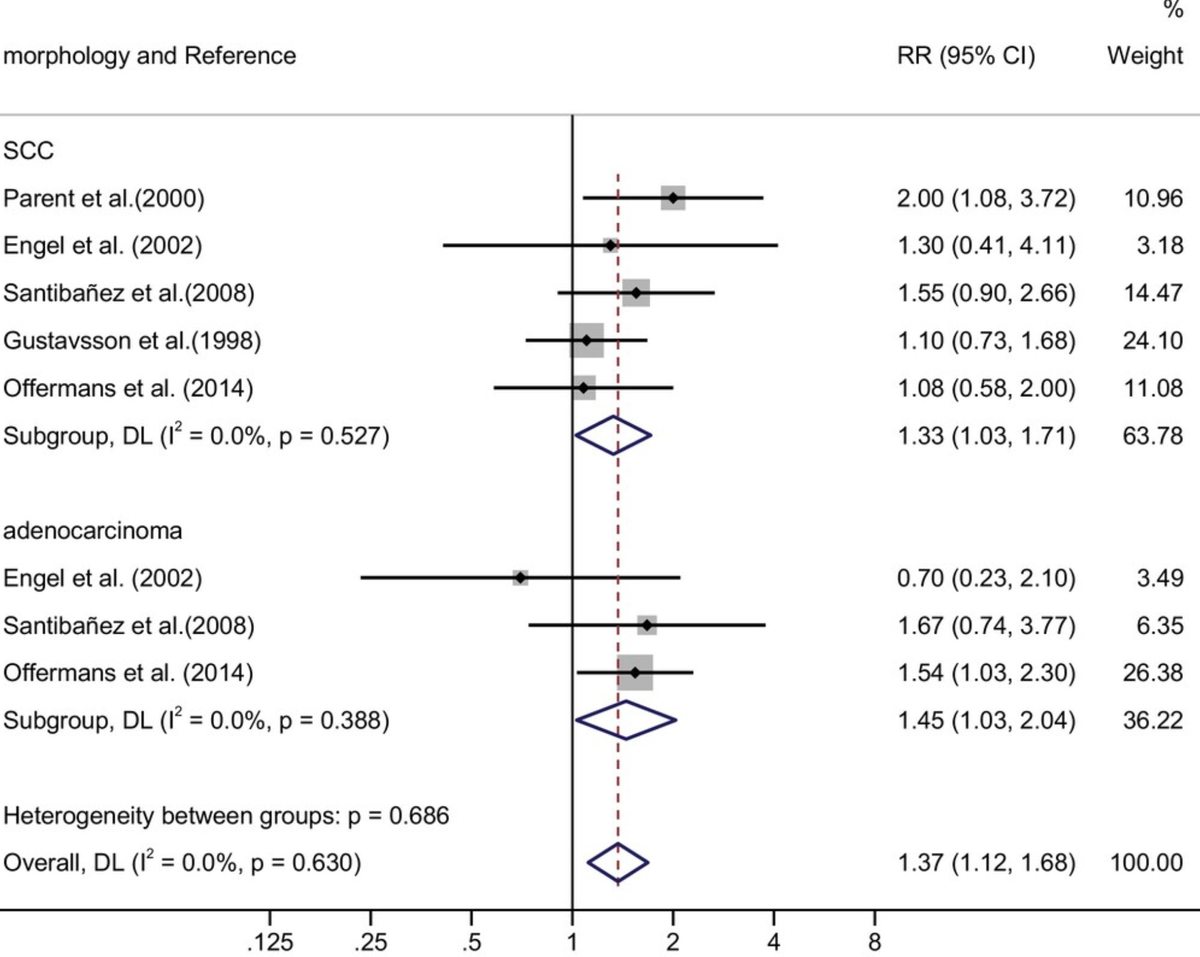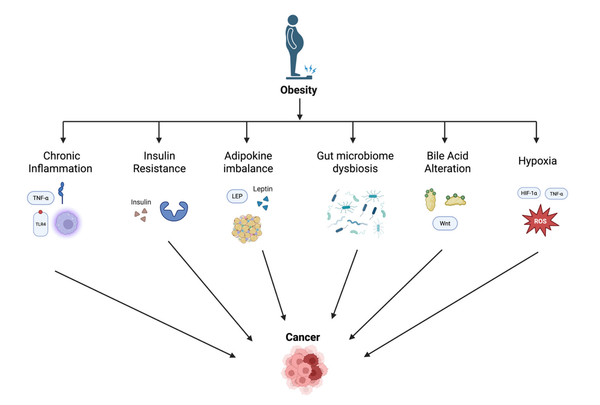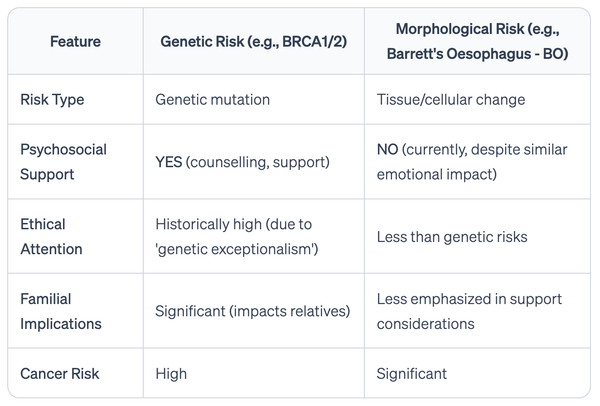Asbestos exposure and esophageal cancer

Exposure to asbestos, whether through occupational or environmental routes, can cause several cancers, including mesothelioma and lung. It’s role in increasing risk of esophageal cancer (EC) has long been suspected, but not yet confirmed. In this thorough meta-analysis, 48 independent cohort and case-control studies were analyzed using random-effects models to address heterogeneity. The authors report a clear association between occupational asbestos exposure and EC risk, with a meta-relative risk of 1.20 and a confidence interval (CI) of 1.09-1.32. Increased risk was observed for both squamous cell and adenocarcinoma. Stratification by job categories showed increased risk among asbestos product workers, asbestos applicators, and construction workers. There were no significant differences in risk based on the type of asbestos, although amphibole exposure appeared to pose a greater risk than chrysotile exposure, consistent with the concept that amphiboles may be more carcinogenic due to their resistance and longer residence time in the body. An important limitation is a lack of adjustment for potential confounders in many of the included studies. These results underline the importance of reducing exposure and implementing stricter guidelines to mitigate associated health risks.
Occupational asbestos exposure and risk of esophageal cancer: A systematic review and meta-analysis.
Seyyedsalehi MS, Boffetta P.
Abstract
Esophageal cancer (EC), which includes squamous cell carcinoma (ESCC) and adenocarcinoma (EAC), is an important cancer with poor prognosis and high mortality rate. Several occupational exposures have been associated with EC. We aim to investigate the association between occupational asbestos exposure and EC risk, considering types of asbestos and histology of the disease. We included studies mentioned in the list of references in previous reviews and pooled analyses, and we conducted an independent search in PubMed and Scopus. Forest plots of relative risks (RR) were constructed based on the association between occupational asbestos and EC risk. Random-effects models were used to address heterogeneity between 48 independent cohort and case-control studies. We found an association between occupational asbestos exposure and EC (meta-relative risk [RR] = 1.20, 95% confidence interval [CI] = 1.09-1.32; I2 = 58.8%, p-heterogeneity [het] <.001). The results of stratification by job (p-het = .20) indicate an increased RR among asbestos product workers (RR = 1.39, 95% CI = 1.07-1.81), asbestos applicators (RR = 1.41, 95% CI = 1.20-1.67), and construction workers (RR = 1.12, 95% CI = 1.02-1.24). There was no heterogeneity in meta-RR according to outcome (p = .29), geographic region (p = .69), year of publication (p = .59), quality score (p = .73), asbestos type (p = .93), study design (p = .87), and gender (p = .88), control for potential confounders (p = .20), year of first employment (p = .94) and exposure level (p = .43). The stratification analysis by histology type found an increased RR for both ESCC 1.33(1.03-1.71) and EAC 1.45(1.03-2.04) (p-het = .68). We didn't find evidence of publication bias (p = .07). The results of our study suggest that occupational asbestos exposure is associated with an increased risk of EC in both histology types.




